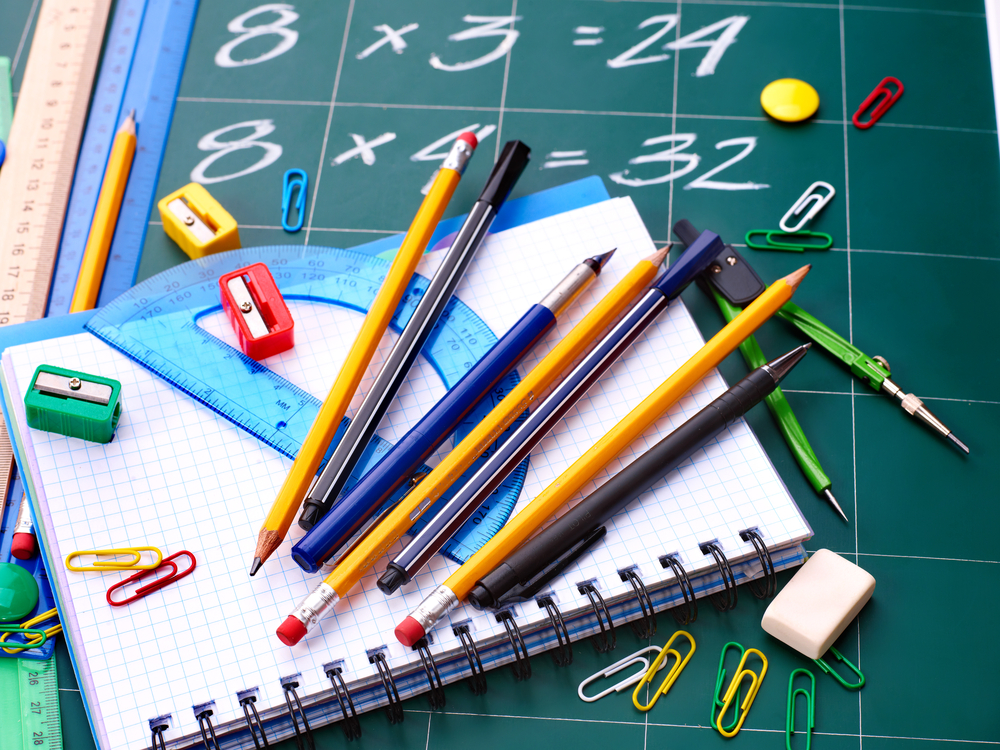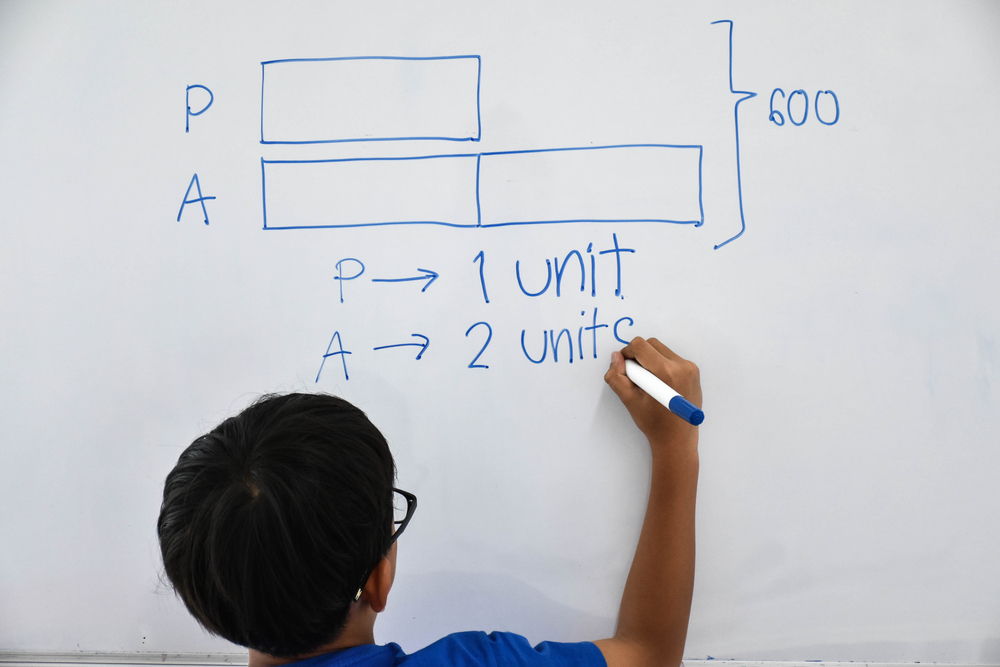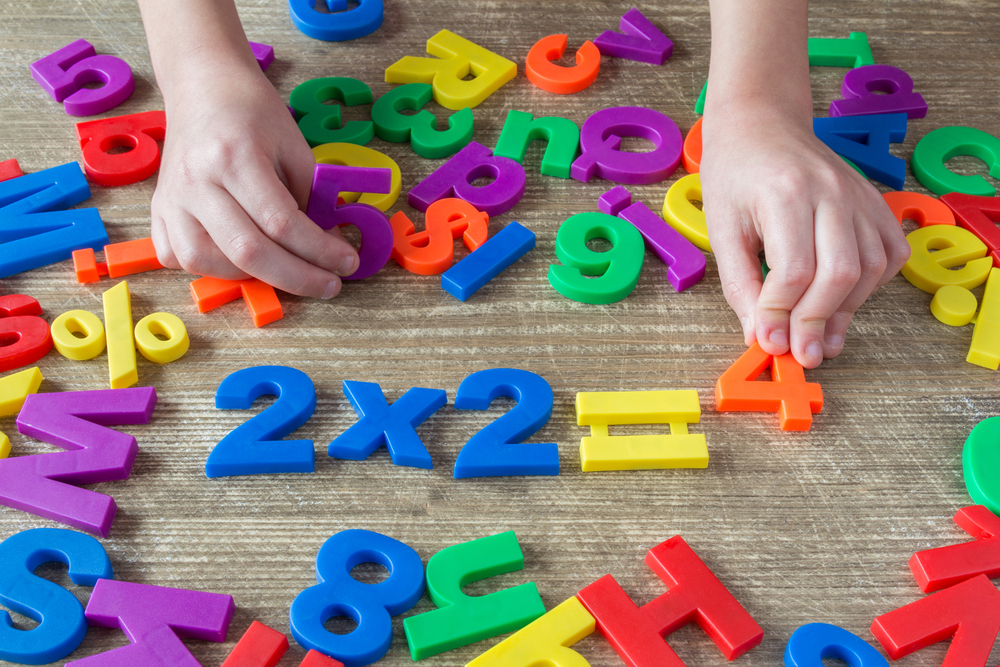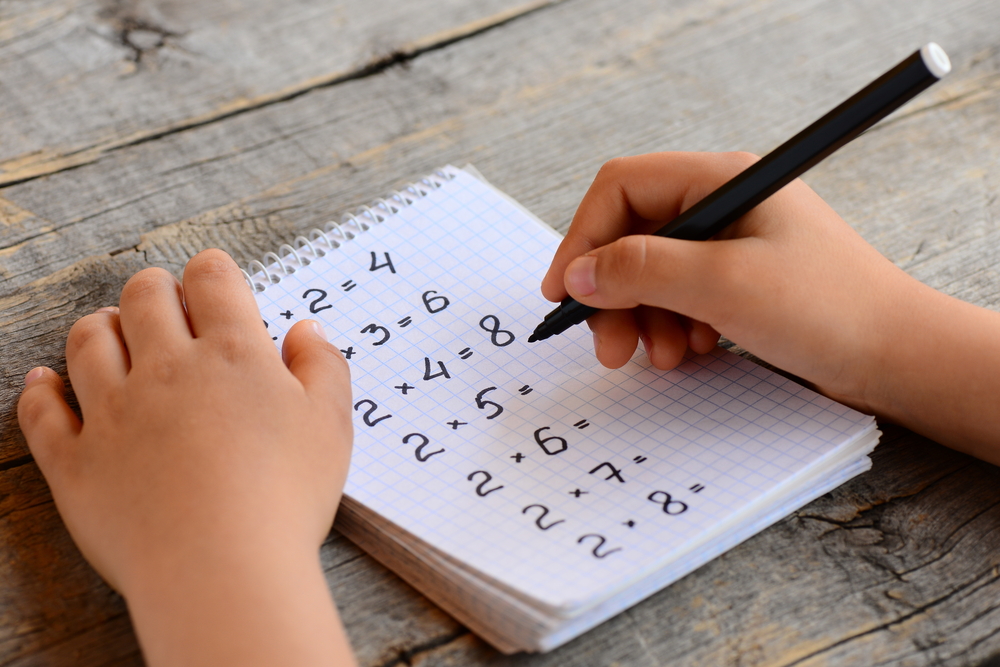Reading comprehension Normal Arrays Worksheets for Ages 6-9
4 filtered results
-
From - To
Unlock your child's reading potential with our engaging Reading Comprehension Normal Arrays Worksheets, designed specifically for ages 6-9! These worksheets effectively combine reading skills with fun activities, helping young learners grasp essential comprehension concepts. Each worksheet features interesting texts and questions tailored to enhance understanding of normal arrays, fostering critical thinking and reflection. Perfect for at-home practice or classroom use, these resources aim to make learning enjoyable while boosting confidence in reading. Download these dynamic worksheets today to support your child's growth in reading comprehension and inspire a love for learning through dynamic array activities! Get started on their educational journey now!
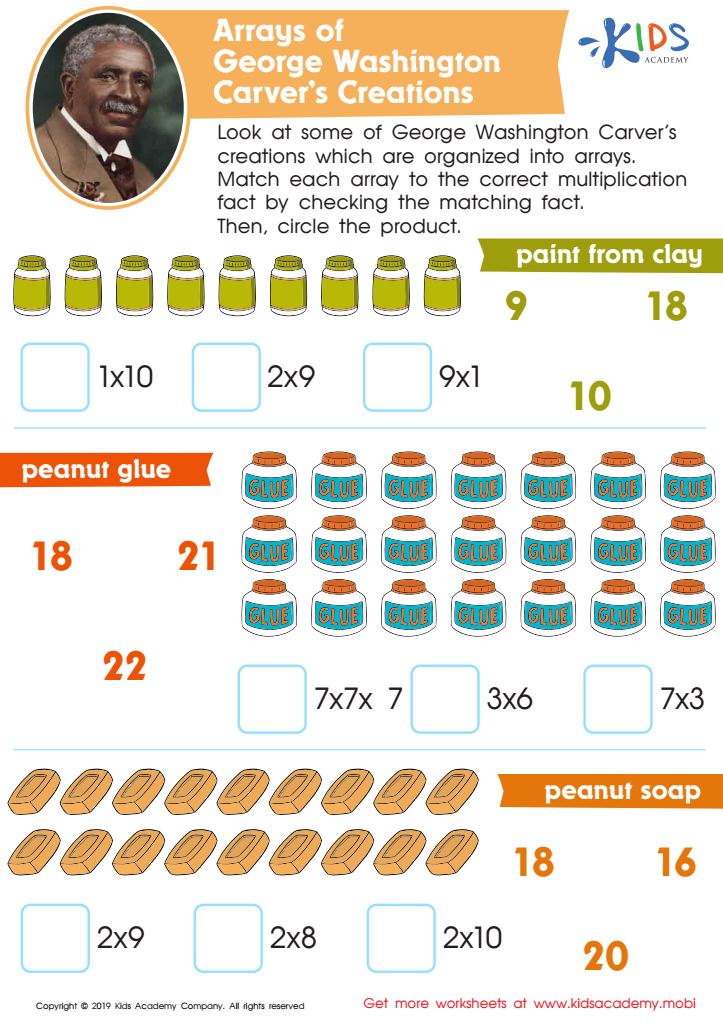

Arrays of George Washington Carver’s Creations Worksheet
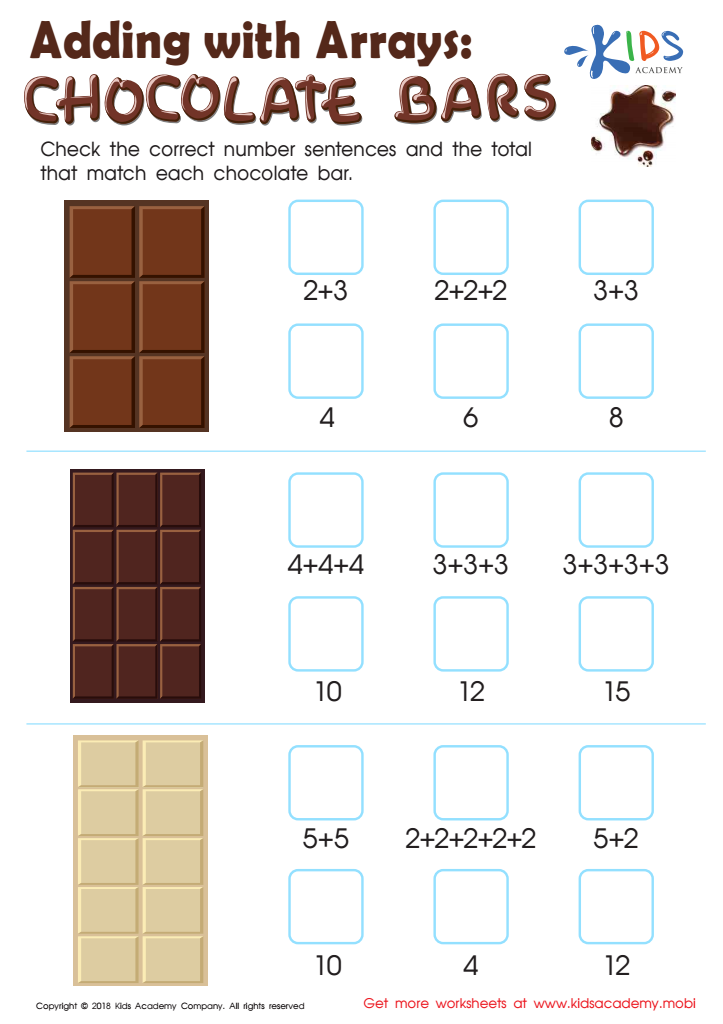

Adding with Arrays: Chocolate Bars Worksheet
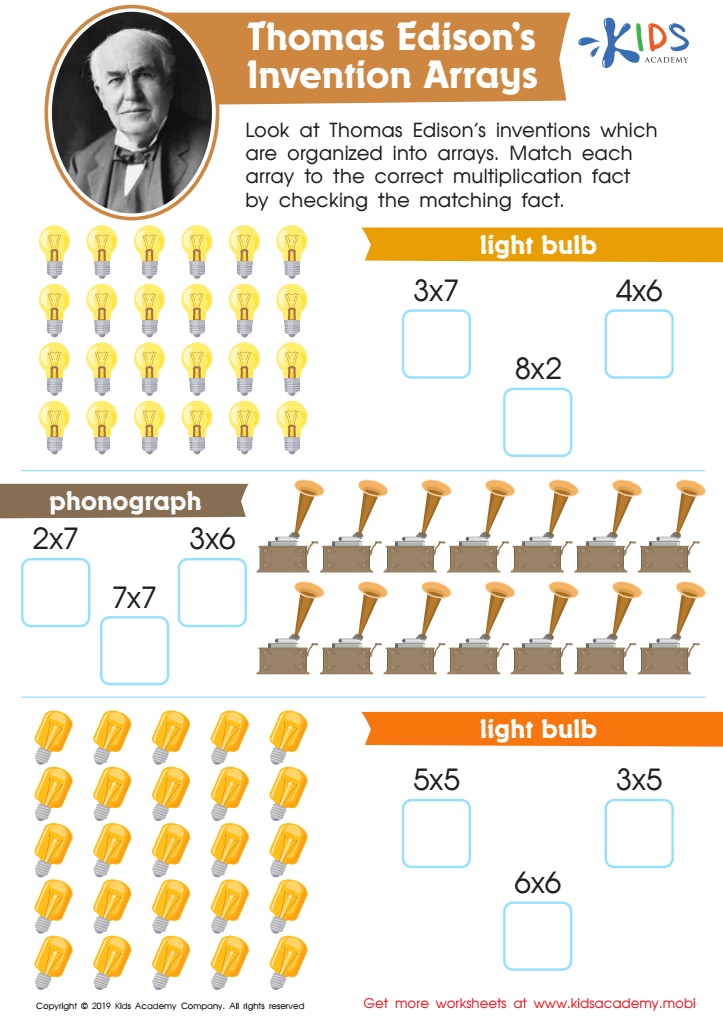

Thomas Edison’s Invention Arrays Worksheet
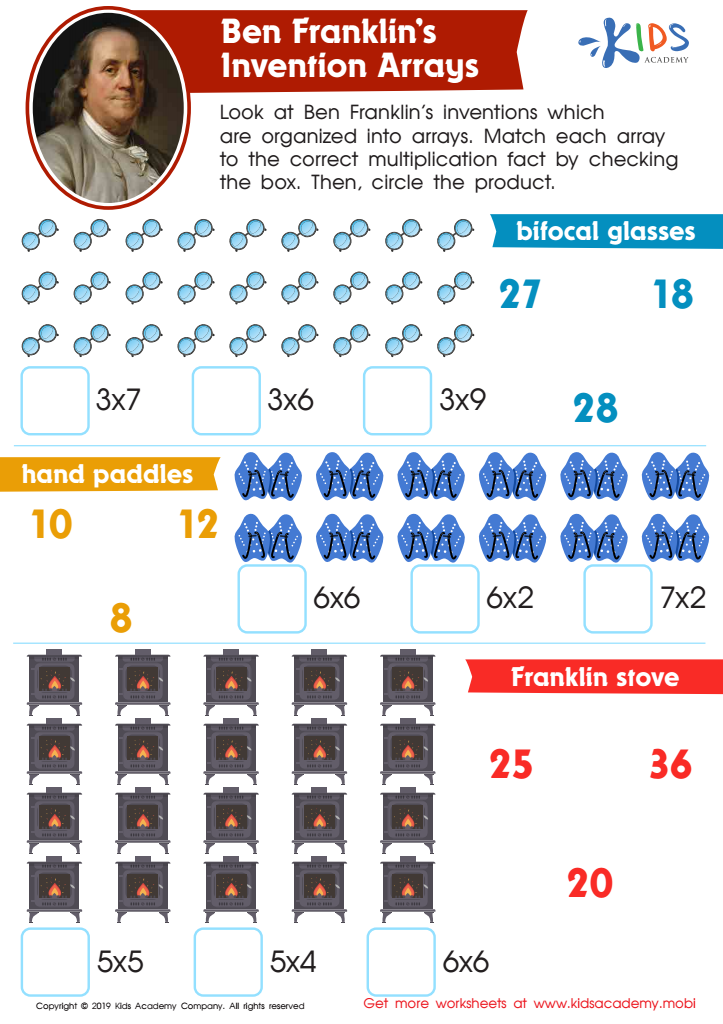

Ben Franklin’s Invention Arrays Worksheet
Reading comprehension is a vital skill for children ages 6-9 as it forms the foundation for their academic success across all subjects. During these formative years, children are transitioning from learning to read to reading to learn, making comprehension skills crucial. Understanding how they interpret and analyze texts allows educators and parents to identify areas where a child may struggle.
Normal Arrays, or benchmarks, for reading comprehension help parents and teachers assess where a child stands compared to peers. By understanding these norms, educators can tailor instruction to meet each child’s unique needs, ensuring that they are challenged without being overwhelmed. Recognizing patterns in a child's reading comprehension can also shed light on their engagement with literature and their critical thinking skills.
Caring about these metrics encourages a proactive approach to literacy, promoting intervention and enrichment strategies when necessary. Additionally, it reinforces the importance of fostering a love for reading, as children with strong comprehension skills often develop better vocabulary and overall communication abilities. This can ultimately lead to improved academic performance and lifelong learning habits. Engaging with these norms not only supports children's growth but also strengthens the bond between home and school, aligning focus on each child's educational journey.
 Assign to My Students
Assign to My Students


